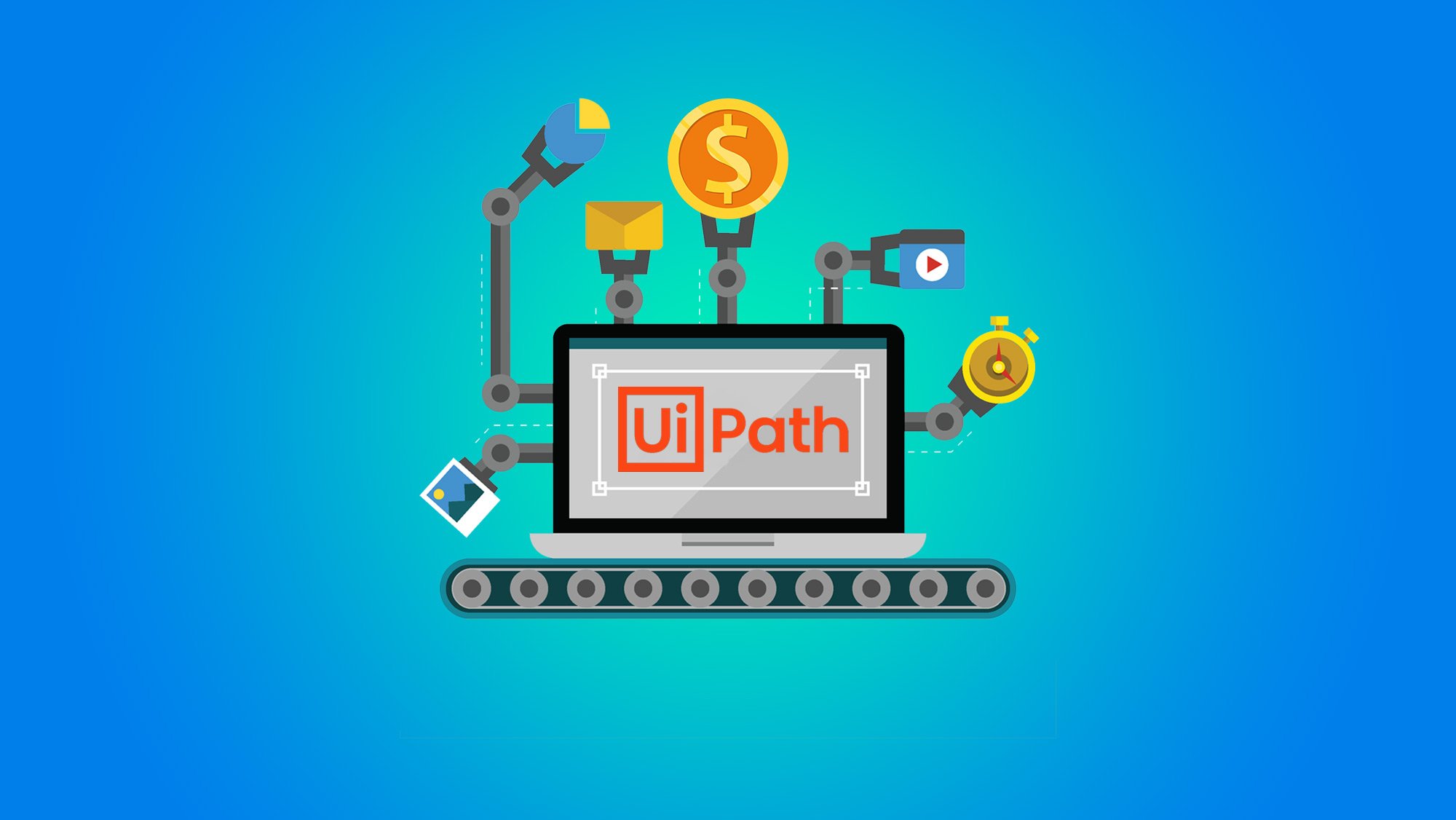
UiPath is a powerful tool for automating repetitive tasks and streamlining business processes. However, to truly maximize your automation investment, it's important to follow best practices to ensure your UiPath implementation is successful. In this blog, we'll explore some of the best practices for UiPath that can help you achieve the most value from your automation investment.
The first step in maximizing your UiPath investment is to identify the right processes to automate. Not all processes are suitable for automation, so it's important to focus on processes that are repetitive, time-consuming, and require a high degree of accuracy. These are the types of processes that will yield the most significant benefits when automated.
Before implementing UiPath, it's important to develop a clear automation strategy that outlines your goals, timelines, and resources. This strategy should be aligned with your business objectives and should outline the processes that will be automated, the expected benefits, and the resources required for implementation.
When designing your automation workflows, it's important to follow best practices to ensure they are robust and efficient. This includes using standardized naming conventions, following a logical workflow structure, and using error handling techniques to handle unexpected errors.
UiPath Orchestrator is a powerful tool for centralized management of your UiPath automation. It allows you to manage and monitor your UiPath robots from a single, centralized location, providing greater visibility and control over your automation workflows. By using UiPath Orchestrator, you can ensure your automation is running smoothly and make any necessary adjustments in real-time.
Once your automation workflows are up and running, it's important to monitor them regularly to ensure they are performing as expected. Use UiPath Analytics to monitor your automation workflows and identify any areas for optimization. By continuously monitoring and optimizing your automation workflows, you can ensure they are running at peak efficiency and delivering the maximum value.
Finally, don't forget to leverage the UiPath Community for best practices and support. The UiPath Community is a vibrant and active community of UiPath users and developers who share knowledge, tips, and best practices. By joining the community, you can learn from others' experiences, get answers to your questions, and stay up-to-date with the latest UiPath news and developments.
In conclusion, by following these best practices for UiPath, you can maximize your automation investment and achieve significant time and cost savings. By identifying the right processes for automation, developing a clear automation strategy, designing robust automation workflows, using UiPath Orchestrator for centralized management, monitoring and optimizing your automation workflows, and leveraging the UiPath Community for support, you can ensure your UiPath implementation is successful and delivers the maximum value to your business.
These Stories on RPA
No Comments Yet
Let us know what you think